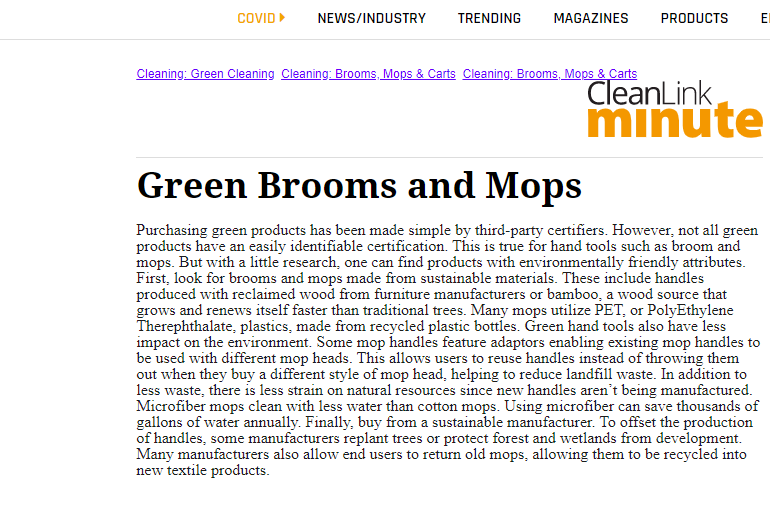Purchase your reader’s attention
In the age of information overload, reaching your reader can be difficult. But you can reach them more easily if you treat their attention like a rare and precious resource.
Attention is scarce—and valuable
The average American encounters over 100,000 words of content every day. With so much information for us to sift through, the market for our attention has become increasingly competitive. Brands and media are adapting their methods, becoming more creative and persistent at getting us to learn things, click things, and buy things.
You can’t afford to ignore the attention economy, or make the mistake of thinking your readers’ attention is unlimited. People have gotten very good at swiftly choosing what’s worth their time. If you don’t adapt too, your audience may never read your writing at all.
Swept up in the search for information
I’ll give you an example from my own experience as a reader. Today, I went looking online for a sustainably made and environmentally friendly broom (working from home means a lot more dust bunnies to clean!). Every time I clicked on a link, I quickly scanned the page for the information I needed. Some were easier to read than others.
For example, what would you do if you clicked on this page?
(via CleanLink minute)
You probably wouldn’t read it, right? When I encountered this block of text, I thought, nope. I left the page immediately. It may have had the information I needed, but I wasn’t about to dig through this long paragraph for hypothetical nuggets of info.
So what about this next one?
(via Mother Earth Living)
This website feels a little more approachable. It breaks the information into sections. And when you read the heading “Clean Sweep,” you can tell that the following content is probably about brooms. But it’s still not perfect—it looks a little sloppy, and there’s not much helpful formatting.
Let’s check out this next one.
( via ecolife)
Compare this page to the first example—the one with the big chunk of text. This page is a lot easier to look at. It uses a descriptive heading and breaks up the key information into bullet points. So, even if I just skim the page, I learn the two brands of microfiber mops that they recommend. The second set of bullet points is harder to skim. But since it breaks up the text, I’m more likely to read at least the first few words of each bullet.
I “bought” the best copy, not the best broom
In my search for an exceptional eco-broom, I only read content that was optimized for easy skimming. If the content wasn’t scannable, the site lost credibility— I assumed they simply didn’t have the information I needed. My preference for skimming matches up with what we know about most readers, who only read about 20% of the text content on a given webpage.
As readers, we already have a sense for well-organized and designed content. When we can easily skim for information, we are more likely to actually absorb the content. Even if you have important information that your reader needs, you have to keep their attention if you want to reach them.
How to purchase your reader’s attention
If attention is a scarce resource, you need to structure your writing to effectively extract that resource. To better optimize your content, ask yourself these questions:
Can my reader skim it?
Is it an appropriate reading level for my audience?
Is it short and to the point?
Am I using headings or bulleted lists?
Is my bottom line up front?
The good news? These questions are relevant to everything you write, no matter the format or medium.





